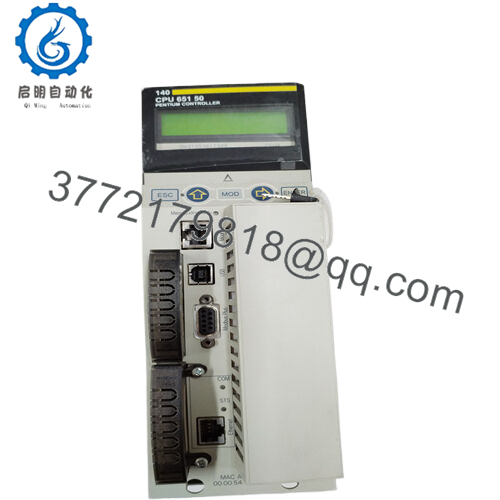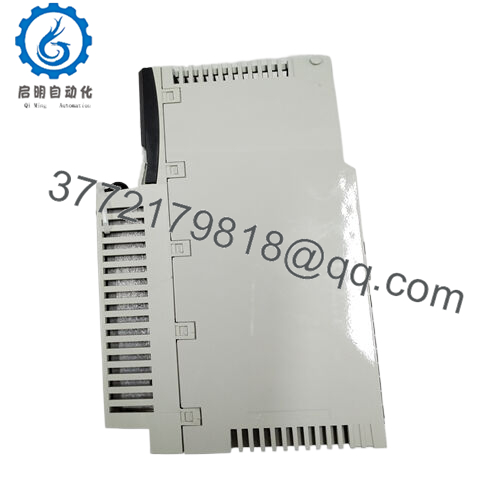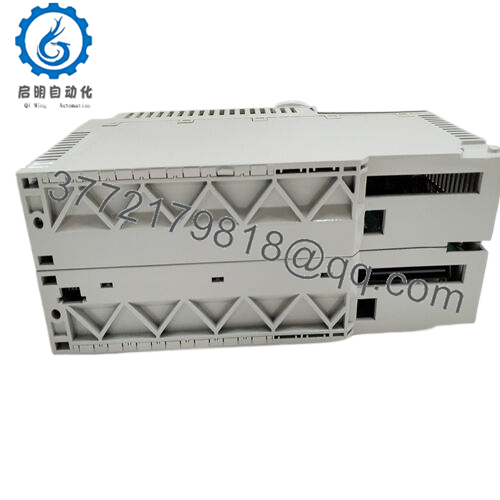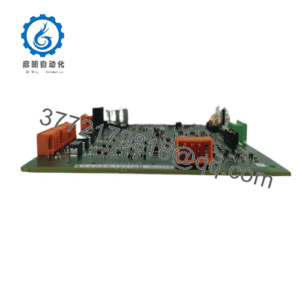Description
Product Model: 140CPU65150
- Product Brand: Schneider Electric
- Product Series: Modicon Quantum / Unity
- Product Features:
• Unity processor operating at 166 MHz with 768 kB internal RAM
• Supports PCMCIA memory expansion: up to 7168 kB for program and 8 MB for file storage
• Built-in communication: Ethernet TCP/IP, Modbus, Modbus Plus, with optional modules for Profibus DP, Sy/Max
• Robust I/O capacity: local, distributed, and remote I/O support with high-speed interrupts, timestamps, counters
Technical Features & Benefits
At its core, the 140CPU65150 is a versatile Unity CPU tailored for the Modicon Quantum family. With a clocking rate of 166 MHz, it provides solid performance for medium-to-large automation systems. Its internal RAM is 768 kB, which supports the majority of typical applications, while expansion is possible via PCMCIA cards (up to 7,168 kB for program memory and 8 MB of flash for file storage).
Communication is a strength. The 140CPU65150 comes with built-in Ethernet TCP/IP, Modbus, and Modbus Plus links. For systems requiring specialized links (Profibus DP, Sy/Max, etc.), up to six optional communication modules can be added.
On the performance side, this CPU handles complex tasks well: it supports accurate time stamping, high-speed interrupt inputs, counters, and serial link I/O. Execution times for instructions vary by type—floating point, Boolean, word arithmetic—with benchmarks in the datasheet.
From a hardware perspective, the module resides on a standard Quantum rack backplane. It demands a bus current of 2,160 mA from the module power supply. LED status indicators (e.g. Ethernet collision LED, Ethernet activity LED) give quick visual feedback.
Because this CPU is now discontinued (as of 23 Jan 2021 per Schneider) , many users rely on service and third-party support. Its established field use and configuration tools (Unity Pro, Unity CPU toolset) ensure compatibility in many legacy systems.
- 140CPU65150
Product Role & System Fit
In a Quantum-based control rack, the 140CPU65150 functions as the central logic processor. It manages cycle execution, I/O scanning, diagnostics, and communication with higher-level systems. Because of its modular architecture, it can coordinate local I/O modules on the same rack, distributed I/O via Modbus Plus networks, and remote I/O over wider distances.
For I/O scalability, the CPU offers:
- Local I/O: up to 26 slots in the rack (for mixed digital/analog modules)
- Distributed I/O: 63 stations over 3 Modbus Plus networks, each station supporting up to 8,000 discrete I/O per network
- Remote I/O: support for 31 remote racks, with up to 31,744 discrete I/O each
The 140CPU65150 is ideal in systems where both local and remote control must be integrated. It bridges field devices to SCADA or MES systems and supports modular expansion through optional comm modules. In mixed installations, you might see the CPU hosting legacy I/O while gateway modules convert signals to newer systems.
Because it supports high-speed interrupts and time stamping, it’s often used in systems that require precise event timing—e.g. batch processes, motion control tracking, or fast digital response logic.
In retrofit maintenance, engineers may retain the 140CPU65150 in existing racks and augment or replace communication modules, preserving the logic core while modernizing interfaces. Its modular compatibility helps with phased upgrades.
Applications & Industry Context
The 140CPU65150 has been deployed across many industrial verticals: power plants, water & wastewater treatment, chemical and petrochemical, paper & pulp, packaging, and OEM machinery. Wherever reliability and flexibility matter, this CPU shows up.
One example: in a municipal treatment facility, multiple chemical dosing loops, PH/ORP control, and pump sequencing run in parallel. The 140CPU65150 handles I/O polling, interlock logic, and communications to the plant SCADA. Because remote stations (e.g. booster pump houses) may lie miles away, distributed or remote I/O support is essential.
In a refinery or process plant, module-level hot-swappable design allows service teams to swap I/O or communications modules without bringing down the entire logic engine. Having a CPU like 140CPU65150 with robust diagnostics and modular comms gives flexibility in incremental upgrades.
In OEM machinery (like packaging lines or material handling systems), designers sometimes use 140CPU65150 because of its balance between performance and I/O support. It fits machines with moderate logic complexity, especially when the control system needs to connect to higher-level networks or remote I/O.
From my field experience, many engineers value that this CPU can host multiple communication modules. For instance, one installation might use a pair of Modbus Plus modules for local cell-level linking, a Profibus DP module to connect to a master DCS, plus an Ethernet TCP/IP for SCADA. This flexibility avoids adding separate gateway boxes.
Because Schneider marked it as discontinued, buying spares or refurbished units is increasingly common. In legacy systems, many control rooms still run multiple 140CPU65150 units in active service.
Installation & Maintenance Insights
When installing the 140CPU65150, careful attention to rack layout, communication wiring, and firmware consistency is key.
- Slot placement: Place the CPU in a slot adjacent to essential I/O or comm modules to minimize address jumps or backplane delays.
- Power budget: Ensure upstream power modules can supply the CPU’s bus current (2,160 mA) plus all modules in the rack.
- Firmware synchronization: If multiple CPUs or redundant architectures exist, ensure identical firmware versions and parameter files.
- Configuration backup: Always backup your program, memory images, and communication module setups before any firmware updates or module swaps.
- LED monitoring: After power-up, observe the Ethernet and status LEDs. For example, STS LED patterns may indicate link issues, invalid IP, duplicate addresses, or firmware mismatch.
- Communication wiring: Use shielded twisted pair for Ethernet; keep cable runs well within spec. Jumpers or terminations must follow network design.
- Spare management: Since this CPU is discontinued, maintain a matched spare (same firmware, revision) in storage.
- Thermal control: Provide adequate ventilation inside the control cabinet. Excessive ambient heat reduces component life.
- Commissioning test: Perform I/O scans, communication tests, and power cycle validation before full deployment.
One tip I often recommend: use a laptop with Unity Pro software and a USB link to test CPU configuration before inserting into the rack. This lets you validate addressing, module presence, and startup logic in a bench setup.




 WhatsApp: +86 16626708626
WhatsApp: +86 16626708626 Email:
Email:  Phone: +86 16626708626
Phone: +86 16626708626


